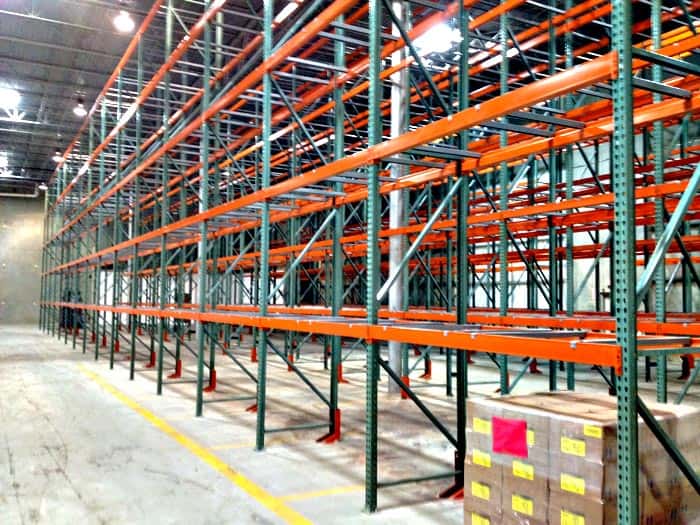In an era dominated by rapidly evolving technology and ever-changing business demands, the need for flexible and scalable storage solutions has become paramount. Traditional static racking systems, once reliable stalwarts of warehouses and storage facilities, are gradually being outpaced by the demands of modern logistics. This shift has led to the rise of dynamic racking systems, an innovative approach that offers effortless storage expansion to accommodate the challenges of today’s dynamic market landscape. Dynamic racking fundamentally reimagines how storage systems are conceptualized and utilized. Unlike their static counterparts, which are often fixed in their configurations, dynamic racking systems are designed with adaptability in mind. These systems incorporate adjustable shelving, modular components, and intelligent automation to create a storage environment that can be reconfigured on-the-fly. This means that as inventory volumes fluctuate or new stock keeping units SKUs are introduced, the storage layout can be easily altered without disrupting ongoing operations.

One of the key advantages of dynamic racking is its ability to optimize space utilization. Traditional static racking often leads to inefficient use of available vertical and horizontal space due to fixed shelf heights and aisle widths. Dynamic racking systems, on the other hand, leverage advanced algorithms and real-time data to dynamically adjust the shelving heights and aisle widths according to the dimensions of stored items and the frequency of access. This optimization not only maximizes storage capacity but also enhances the accessibility and retrieval speed of items, thus improving overall operational efficiency. Moreover, dynamic racking systems contribute to significant cost savings in the long run. The adaptability of these systems eliminates the need for frequent overhauls of storage layouts, reducing downtime and minimizing labor requirements for reconfiguration. Furthermore, the intelligent automation integrated into dynamic racking facilitates streamlined inventory management, enabling businesses to precisely track item locations, monitor stock levels, and implement just-in-time restocking strategies.
As industries continue to embrace automation and data-driven decision-making, dynamic racking systems also play a pivotal role in the larger concept of a smart warehouse go here. These systems can be seamlessly integrated with warehouse management software and Internet of Things IoT devices, allowing for real-time monitoring, predictive analytics, and remote management. The result is a storage solution that not only expands effortlessly but also aligns with the broader vision of an interconnected and intelligent supply chain. In conclusion, the advent of dynamic racking systems marks a paradigm shift in the realm of storage solutions. Their adaptability, space optimization, and contribution to overall cost savings make them a compelling choice for businesses seeking to navigate the challenges of a rapidly evolving market landscape. As technology continues to advance and business requirements grow increasingly complex, dynamic racking stands as a testament to human ingenuity’s capacity to revolutionize even the most foundational aspects of logistics and storage.